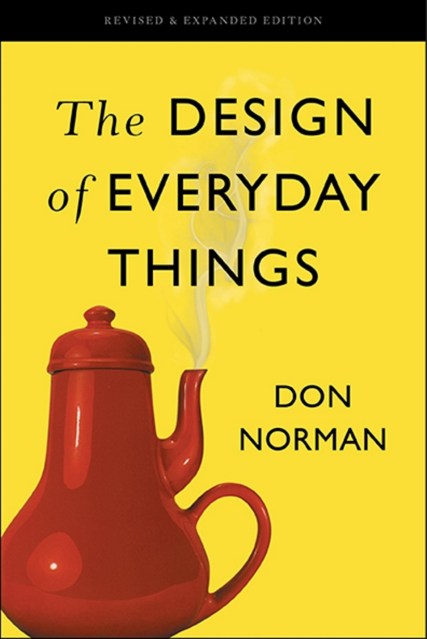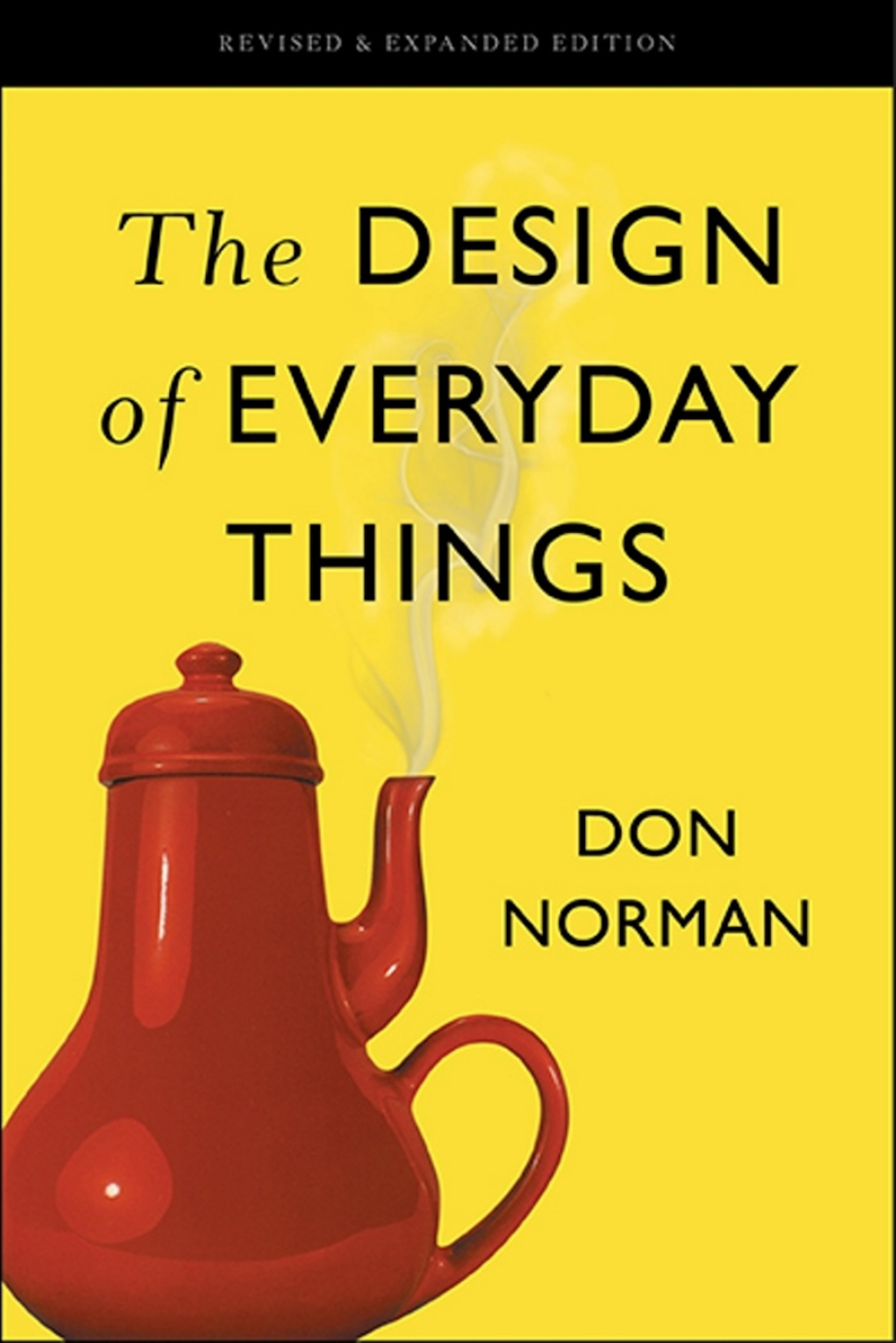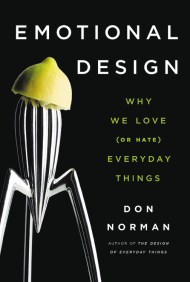Promotion
Use code MOM24 for 20% off site wide + free shipping over $45
The Design of Everyday Things
Revised and Expanded Edition
Contributors
By Don Norman
Formats and Prices
Price
$13.99Price
$17.99 CADFormat
Format:
- ebook (Revised) $13.99 $17.99 CAD
- Audiobook Download (Unabridged)
- Trade Paperback (Revised) $17.99
- Trade Paperback (Revised) $19.99 $24.99 CAD
This item is a preorder. Your payment method will be charged immediately, and the product is expected to ship on or around November 5, 2013. This date is subject to change due to shipping delays beyond our control.
Also available from:
Even the smartest among us can feel inept as we fail to figure out which light switch or oven burner to turn on, or whether to push, pull, or slide a door.
The fault, argues this ingenious — even liberating — book, lies not in ourselves, but in product design that ignores the needs of users and the principles of cognitive psychology. The problems range from ambiguous and hidden controls to arbitrary relationships between controls and functions, coupled with a lack of feedback or other assistance and unreasonable demands on memorization.
The Design of Everyday Things shows that good, usable design is possible. The rules are simple: make things visible, exploit natural relationships that couple function and control, and make intelligent use of constraints. The goal: guide the user effortlessly to the right action on the right control at the right time.
The Design of Everyday Things is a powerful primer on how — and why — some products satisfy customers while others only frustrate them.
Genre:
-
"Even classics can be updated and improved ... Highly recommended."Choice
-
"This book changed the field of design. As the pace of technological change accelerates, the principles in this book are increasingly important. The new examples and ideas about design and product development make it essential reading."Patrick Whitney, Dean, Institute of Design, and Steelcase/Robert C. Pew Professor of Design, Illinois Institute of Technology
-
"Twenty-five years ago The Design of Everyday Things was instrumental in orienting my approach to design. With this latest revised and expanded edition, Don Norman has given me a host of new ideas to explore as well as reminding me of the fundamental principles of great and meaningful design. Part operating manual for designers and part manifesto on the power of designing for people, The Design of Everyday Things is even more relevant today than it was when first published."Tim Brown, CEO, IDEO, and author of Change by Design
-
"Design may be our top competitive edge. This book is a joy--fun and of the utmost importance."Tom Peters, author of the national best-seller In Search of Excellence
- On Sale
- Nov 5, 2013
- Page Count
- 384 pages
- Publisher
- Basic Books
- ISBN-13
- 9780465072996
Newsletter Signup
By clicking ‘Sign Up,’ I acknowledge that I have read and agree to Hachette Book Group’s Privacy Policy and Terms of Use





